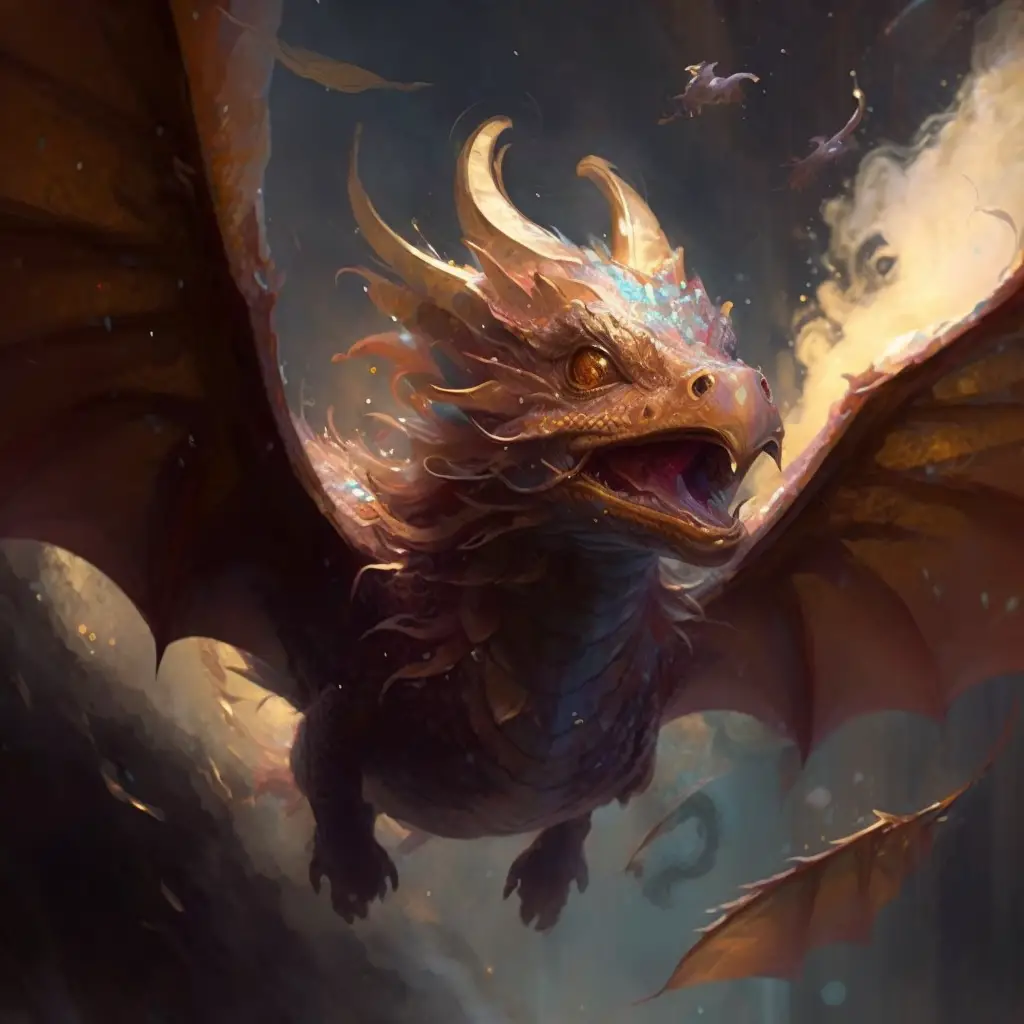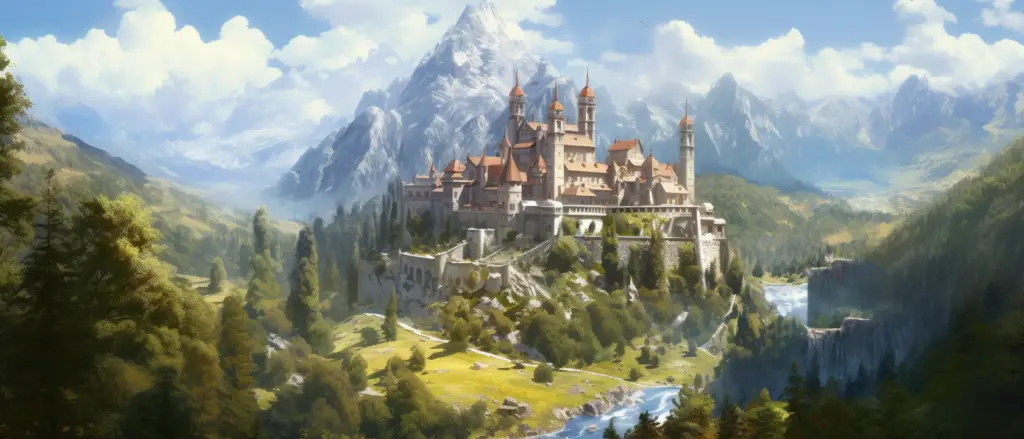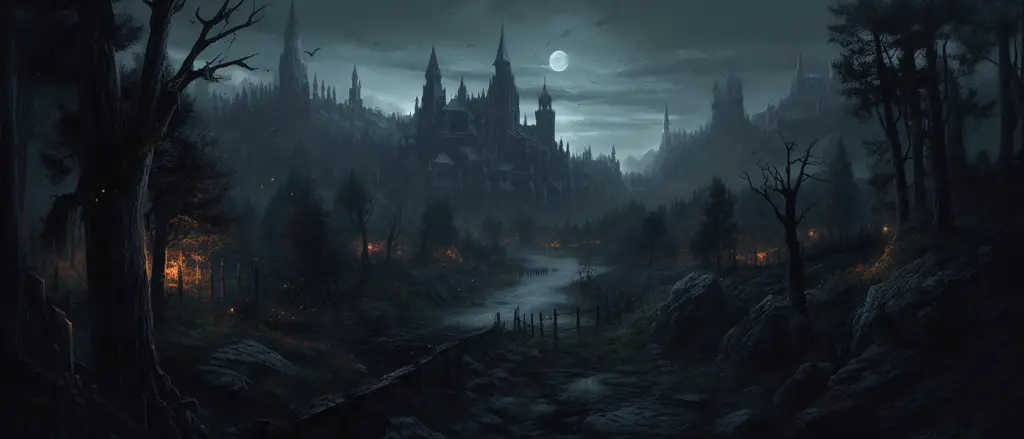Epic fantasy is a subgenre of fantasy literature that features grand, sweeping tales of adventure, heroism, and magic. It has played a significant role in shaping the landscape of modern literature, inspiring countless writers and captivating readers of all ages.
In this article, we will explore the history of epic fantasy series, from its pre-modern origins to the present day, and discuss some of the most influential and beloved works in the genre.
Pre-Modern Fantasy
Before the emergence of modern fantasy, there were numerous works that exhibited characteristics of the genre, often drawing upon mythology, folklore, and oral traditions.

Characteristics of pre-modern fantasy:
- Mythology and folklore-inspired
- Oral storytelling traditions
- Allegorical or moralistic themes
Examples of pre-modern fantasy works:
- The Epic of Gilgamesh (2100 BCE): One of the earliest known works of literature, this ancient Mesopotamian epic tells the story of the hero-king Gilgamesh and his quest for immortality.
- The Iliad and The Odyssey by Homer (8th century BCE): These Greek epic poems recount the tales of the Trojan War and the hero Odysseus’ journey home.
Modern Fantasy
Modern fantasy emerged in the 19th and 20th centuries, with the rise of the novel as a popular literary form. It is characterized by imaginative worlds, magical elements, and complex, character-driven plots.
Characteristics of modern fantasy:
- Imaginative world-building
- Magic and supernatural elements
- Character-driven plots
Examples of modern fantasy works:
- Alice’s Adventures in Wonderland by Lewis Carroll (1865): This classic children’s novel follows the adventures of a young girl named Alice as she falls down a rabbit hole into a fantastical world.
- The Chronicles of Narnia by C.S. Lewis (1950-1956): A series of seven novels set in the magical world of Narnia, where animals talk and epic battles are fought between good and evil.
The Tolkien Era
J.R.R. Tolkien’s The Lord of the Rings trilogy, published between 1954 and 1955, is widely considered the foundation of modern epic fantasy. Tolkien’s intricate world-building, complex characters, and epic storytelling have inspired countless authors and popularized the genre.
Characteristics of Tolkien-inspired epic fantasy:
- Vast, detailed world-building
- Epic quests and battles
- Themes of heroism and sacrifice
Examples of Tolkien-inspired epic fantasy works:
- The Sword of Shannara by Terry Brooks (1977): The first novel in a long-running series set in a post-apocalyptic world where magic has returned and a young man must embark on a quest to save his homeland. The first book in the series has an average Goodreads Rating is 3.96/5.
- The Wheel of Time series by Robert Jordan (1990-2013): Starting with The Eye of the World, this 14-book series following a group of young heroes as they battle the forces of darkness in a sprawling, complex world. The first book in the series’ average Goodreads Rating is 4.19/5.

The Post-Tolkien Era
The post-Tolkien era of epic fantasy saw a shift towards darker, more morally ambiguous stories, often featuring antiheroes and complex political intrigue.
Characteristics of post-Tolkien epic fantasy:
- Darker themes and morally ambiguous characters
- Political intrigue and complex plots
- Greater focus on character development
Examples of post-Tolkien epic fantasy works:
- The First Law trilogy by Joe Abercrombie (2006-2008): Starting with The Blade Itself, this is a gritty, character-driven series set in a world on the brink of war, featuring morally ambiguous characters and brutal, realistic combat. The average Goodreads Rating of the first book in the series is 4.20/5.
- The Malazan Book of the Fallen series by Steven Erikson (1999-2011): Starting with Gardens of the Moon, this is a 10-book series known for its intricate plotlines, vast cast of characters, and epic scope. The average Goodreads Rating for the first book in the series is 3.91/5.
The Martin Era
George R.R. Martin’s A Song of Ice and Fire series, beginning with A Game of Thrones in 1996, has had a profound impact on the epic fantasy genre, popularizing darker, more mature themes and intricate political intrigue.
Characteristics of Martin-inspired epic fantasy:
- Mature themes and content
- Complex, interwoven plotlines
- Realistic, morally complex characters
Examples of Martin-inspired epic fantasy works:
- The Stormlight Archive series by Brandon Sanderson (2010-present): A planned 10-book series set in a world of magic, politics, and ancient secrets, known for its intricate world-building and character-driven storytelling. The average Goodreads Rating of the overall series is 4.77/5.
- The Kingkiller Chronicle series by Patrick Rothfuss (2007-present): A planned trilogy following the life of a legendary wizard and musician, known for its lyrical prose and intricate plot. The average Goodreads Rating for the first book in the series, The Name of the Wind, is 4.54/5.

Timeline of Notable Books
- The Epic of Gilgamesh (2100 BCE)
- The Iliad and The Odyssey by Homer (8th century BCE)
- Alice’s Adventures in Wonderland by Lewis Carroll (1865)
- The Chronicles of Narnia by C.S. Lewis (1950-1956)
- The Lord of the Rings by J.R.R. Tolkien (1954-1955)
- The Sword of Shannara by Terry Brooks (1977)
- The Wheel of Time series by Robert Jordan (1990-2013)
- A Game of Thrones by George R.R. Martin (1996)
- The Stormlight Archive series by Brandon Sanderson (2010-present)
- The Kingkiller Chronicle series by Patrick Rothfuss (2007-present)
Conclusion
The history of epic fantasy is a rich tapestry of imaginative worlds, unforgettable characters, and timeless themes. From its pre-modern origins to the present day, the genre has evolved and grown, reflecting the changing tastes and interests of its readers.
As we look to the future, it is certain that epic fantasy will continue to captivate and inspire, offering new and exciting stories for generations to come.

